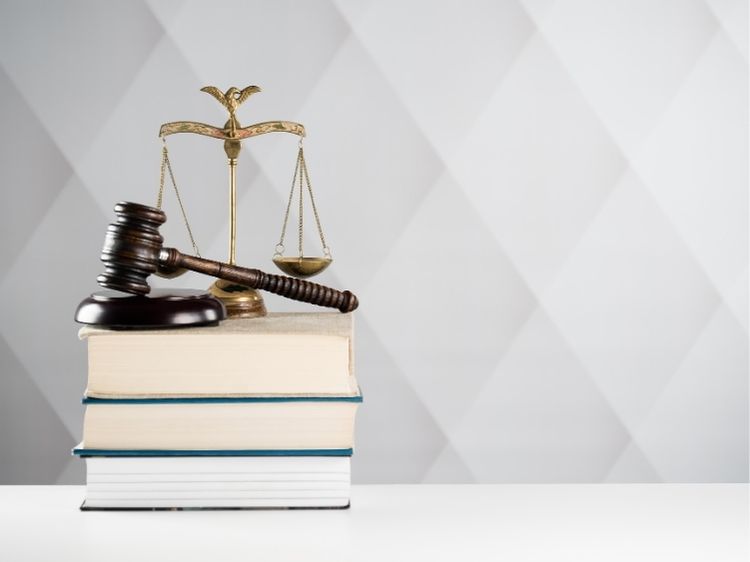When it comes to legal battles involving faulty products, product liability cases play a vital role in ensuring consumers are protected from harm. These cases can range from minor issues, like a malfunctioning gadget, to life-altering accidents caused by defective medical devices. If you’re curious about the legal world of product liability and looking for some real-world examples, you’ve come to the right place! In this article, we’ll dive into the ins and outs of product liability cases, provide some notable examples, and answer some of the most common questions about this legal domain.
What is Product Liability?
Before jumping into the examples, it’s crucial to understand what product liability means. Product liability refers to a manufacturer or seller being held responsible for placing a defective product into the hands of a consumer. This liability extends across the entire distribution chain—from the original manufacturer to the retailer. The key to a product liability case is proving that the product was defective or dangerous and that this defect caused injury or harm to the consumer.
There are three main types of defects that can lead to product liability claims:
- Design Defects: These exist before the product is even manufactured. It’s an inherent flaw in the design itself.
- Manufacturing Defects: These occur during the production process and usually affect a particular batch of products.
- Marketing Defects: These involve issues with how the product is marketed, such as improper labeling or a lack of safety warnings.
Notable Product Liability Cases Examples
To better understand how product liability works, let’s take a look at some high-profile cases.
1. The Ford Pinto Case (1978)
The Ford Pinto case is one of the most infamous product liability cases in history. The Pinto was designed with a gas tank located in a vulnerable position, leading to severe fires and explosions in rear-end collisions. Despite knowing about the issue, Ford decided not to make immediate changes due to cost concerns. Eventually, Ford was held liable, resulting in massive recalls and a significant blow to its reputation. This case became a hallmark example of design defect in product liability.
2. McDonald’s Hot Coffee Case (1994)
You’ve probably heard about this one—it’s a classic! In Liebeck v. McDonald’s Restaurants, an elderly woman named Stella Liebeck spilled hot coffee on herself, suffering third-degree burns. McDonald’s was sued for failing to warn customers about the extreme temperature of their coffee. The jury awarded Liebeck $2.86 million in punitive damages, though the amount was later reduced. This case highlights the importance of adequate warnings and labels, making it a prime example of a marketing defect.
3. Johnson & Johnson Talcum Powder Case (2016)
In a case that garnered worldwide attention, Johnson & Johnson faced numerous lawsuits from women who claimed their talcum powder caused ovarian cancer. The plaintiffs argued that the company failed to warn consumers of the potential risks. In 2016, a jury awarded $72 million to a plaintiff in one of these cases. This case serves as a significant example of failure-to-warn claims in product liability law.
4. Toyota Unintended Acceleration Cases (2009)
Toyota faced massive litigation after reports of sudden unintended acceleration in several of its vehicle models. The issue, which caused numerous accidents and fatalities, was eventually traced to defective floor mats and accelerator pedals. Toyota recalled millions of vehicles and paid over $1 billion to settle lawsuits. This case is a strong example of both manufacturing and design defects in product liability.
5. Vioxx Recall (2004)
Pharmaceutical company Merck faced a wave of lawsuits after it was discovered that their painkiller, Vioxx, increased the risk of heart attack and stroke. Merck eventually recalled the drug, but not before thousands of people were affected. The Vioxx case is a prime example of a defective drug product leading to significant harm and product liability claims.
Understanding Product Liability: Key Points
Now that you’ve seen some real-world examples, let’s dig a bit deeper into the legalities of product liability cases.
Who Can Be Held Liable in Product Liability Cases?
In a typical product liability case, several parties can potentially be held responsible:
- Manufacturers: If a product’s design or production process is flawed, the manufacturer is often the first entity held accountable.
- Retailers: Even if the retailer didn’t design or produce the product, they could still be liable for selling a defective product.
- Distributors: Any party in the chain of distribution can be held accountable for injuries caused by a faulty product.
What Must Be Proven in a Product Liability Case?
To win a product liability case, the plaintiff must generally prove:
- The product was defective.
- The defect existed at the time the product left the defendant’s control.
- The defect directly caused the injury or damage.
- The plaintiff suffered actual harm as a result.
Types of Product Liability Claims
There are three common types of product liability claims that consumers can bring:
- Negligence: The plaintiff must show that the manufacturer failed to exercise reasonable care in the design, production, or marketing of the product.
- Strict Liability: In some cases, the plaintiff doesn’t need to prove negligence. Instead, they must prove that the product was defective and that this defect caused harm.
- Breach of Warranty: This claim asserts that the product didn’t meet the standards or promises made by the manufacturer.
FAQs About Product Liability Cases
1. What is the statute of limitations for product liability cases?
The statute of limitations varies by state but typically ranges from 1 to 6 years. It’s crucial to consult with a legal expert to determine the specific time frame for your case.
2. Can I sue if I wasn’t the one who bought the product?
Yes, even if you weren’t the original buyer, you may still have grounds to file a product liability claim if you were injured by the product.
3. How much compensation can I get in a product liability case?
Compensation depends on several factors, including the severity of your injury, medical expenses, and lost wages. In some cases, courts may also award punitive damages to punish the defendant.
4. Do all product liability cases go to trial?
No, many product liability cases are settled out of court. However, if the parties can’t agree on a settlement, the case may proceed to trial.
Conclusion
Product liability cases can serve as powerful reminders of the importance of consumer safety. Whether it’s a faulty vehicle or mislabeled medicine, defective products have the potential to cause serious harm. By understanding these examples and the legal principles behind product liability, consumers can better protect themselves and hold companies accountable when things go wrong.
In today’s world, where we rely on countless products in our daily lives, it’s essential to know your rights and how to navigate the legal waters of product liability. With the right legal guidance and knowledge, justice is within reach for those harmed by defective products.
Authoritative Links:







